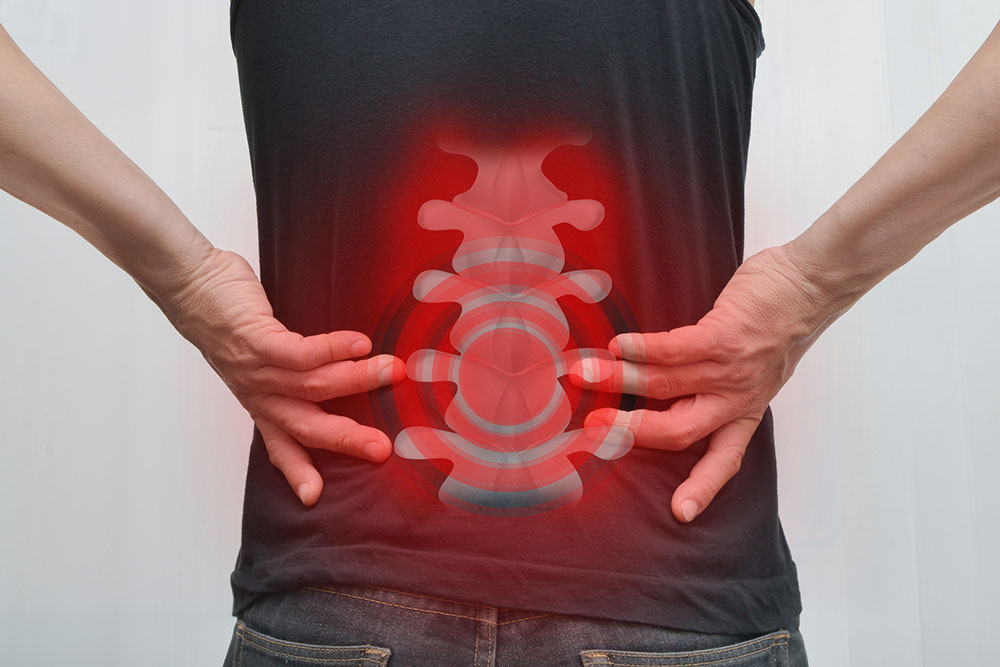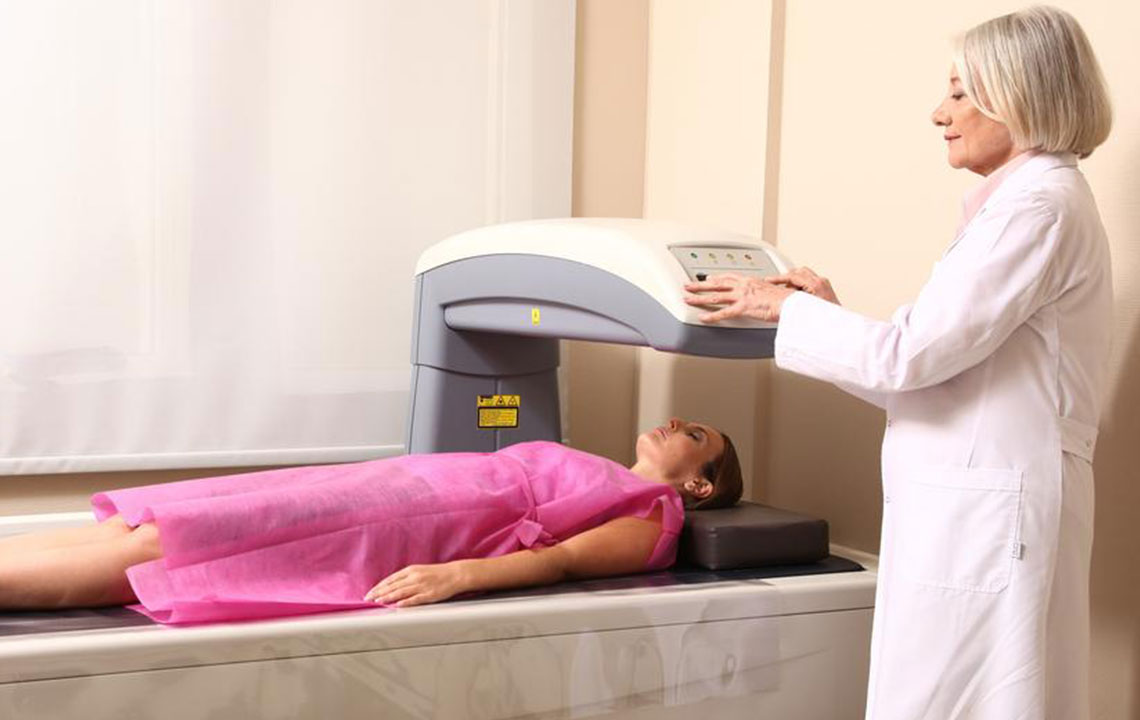Comprehensive Guide to Recognizing and Preventing Osteoporosis
This comprehensive guide delves into the signs and prevention of osteoporosis, highlighting early symptoms, diagnosis methods, and lifestyle strategies to maintain bone health. Understanding these crucial aspects can aid in early detection and reduce fracture risks, ensuring better long-term health outcomes.

Comprehensive Guide to Recognizing and Preventing Osteoporosis
Osteoporosis is a significant health concern characterized by decreased bone density, resulting in fragile bones prone to fractures. It occurs when the body's natural process of bone remodeling becomes imbalanced, with bone resorption outpacing bone formation. This condition often progresses silently, offering few obvious signs until fractures or other complications emerge. Affecting approximately 10 million adults across the country, osteoporosis disproportionately affects women, making up about 80% of cases. Understanding its early warning signs, risk factors, and preventative strategies is crucial for maintaining bone health throughout life.
Understanding Osteoporosis and Its Impact
Bone health is vital for overall mobility, structural support, and protection of vital organs. As we age, bones naturally weaken; however, in osteoporosis, this process accelerates, leading to porous, brittle bones that can fracture easily. These fractures predominantly occur in the hips, spine, and wrists, with spinal fractures causing significant pain and height loss. The condition is often diagnosed late because early changes are subtle, emphasizing the importance of awareness and routine screening.
Early Indicators of Osteoporosis
Gum Recession
Receding gums can be an overlooked sign indicating the weakening of jawbone density, which supports dental structure and overall oral health. Recognizing this early can prompt further assessment of bone health.
Decreased Grip Strength
Difficulty gripping objects or noticing reduced hand strength might be linked to declining bone density in the hands and wrists, serving as an early warning sign.
Brittle Nails
Observable changes in nails, such as increased fragility or abnormal appearance, can reflect systemic bone health issues.
Progressing Symptoms of Osteoporosis
Height Loss
As spinal bones weaken and compress, individuals may experience noticeable decrease in height over time, often due to vertebral collapse.
Pathological Fractures
Bones become so fragile that minor stresses, such as coughing or minor falls, can cause fractures, especially in the spine, hips, and wrists.
Postural Changes
A stooped posture or increased curvature of the upper back can result from vertebral fractures, affecting mobility and everyday function.
Diagnosing Osteoporosis
Bone density measurements are essential for diagnosing osteoporosis, with Dual-Energy X-ray Absorptiometry (DXA) scans serving as the gold standard. Typically recommended for women over 65 and individuals with additional risk factors, these tests quantify bone mineral density, enabling early intervention.
Prevention is the cornerstone of managing osteoporosis; lifestyle modifications play a pivotal role:
Enhance Calcium Intake
Incorporate calcium-rich foods into your diet, such as dairy products (milk, cheese, yogurt), fatty fish like sardines and salmon, leafy greens (spinach, kale), and fortified foods.
Optimize Vitamin D Levels
Ensure sufficient sunlight exposure, ideally 15 minutes daily, to facilitate vitamin D synthesis, which is essential for calcium absorption.
Engage in Regular Weight-Bearing and Strength-Training Exercises
Activities like walking, jogging, stair climbing, and resistance training help stimulate bone growth and improve density.
Additional preventive measures include avoiding smoking and limiting alcohol consumption, both of which can contribute to bone loss. Understanding individual risk factors such as family history, hormonal imbalances, and certain medications can help tailor preventative strategies.
In summary, maintaining healthy bones requires a proactive approach rooted in early detection and consistent lifestyle choices. By recognizing early signs and adopting preventive behaviors, individuals can significantly reduce their risk of osteoporosis-related fractures and improve their quality of life.





